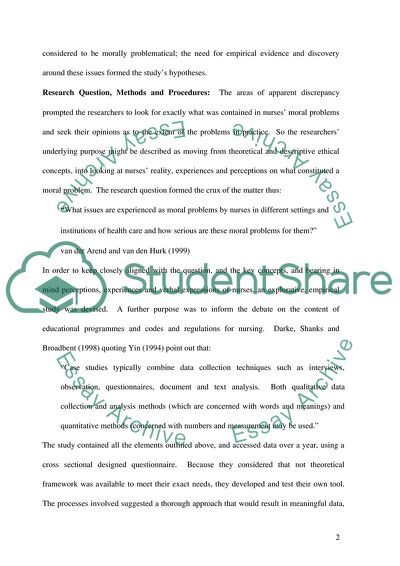Cite this document
(Critique of Research Article Moral Problems Among Dutch Nurses: A Term Paper, n.d.)
Critique of Research Article Moral Problems Among Dutch Nurses: A Term Paper. https://studentshare.org/nursing/1707113-critique-of-research-article-research-methods-statistics
Critique of Research Article Moral Problems Among Dutch Nurses: A Term Paper. https://studentshare.org/nursing/1707113-critique-of-research-article-research-methods-statistics
(Critique of Research Article Moral Problems Among Dutch Nurses: A Term Paper)
Critique of Research Article Moral Problems Among Dutch Nurses: A Term Paper. https://studentshare.org/nursing/1707113-critique-of-research-article-research-methods-statistics.
Critique of Research Article Moral Problems Among Dutch Nurses: A Term Paper. https://studentshare.org/nursing/1707113-critique-of-research-article-research-methods-statistics.
“Critique of Research Article Moral Problems Among Dutch Nurses: A Term Paper”. https://studentshare.org/nursing/1707113-critique-of-research-article-research-methods-statistics.


